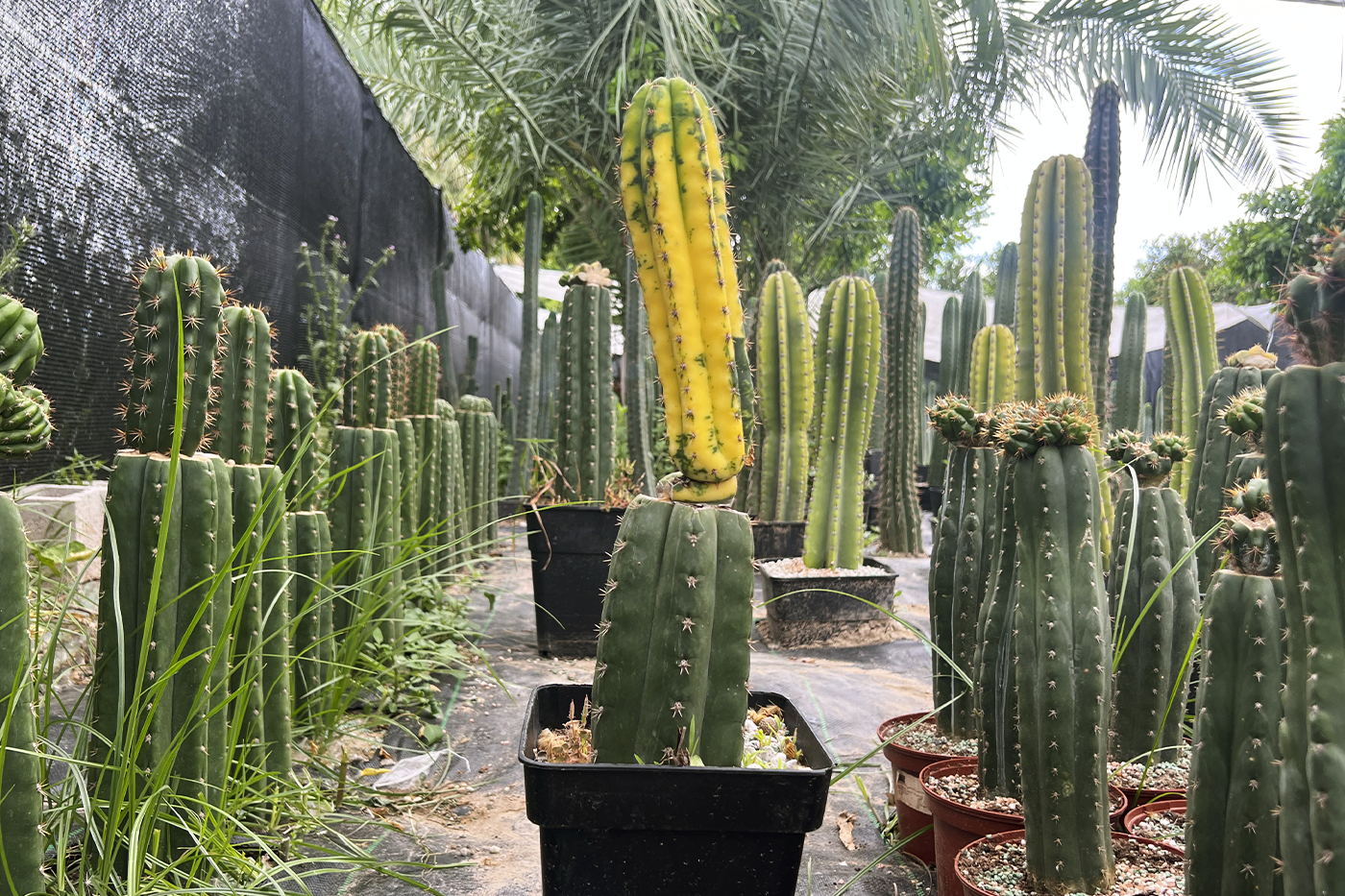Soil pH is a crucial factor that directly influences plant health and growth—especially for cacti of the Trichocereus genus. Known for their resilience and striking appearance, Trichocereus species require an appropriate environment to truly thrive. Understanding how soil pH affects Trichocereus is essential for any grower or enthusiast, as improper pH levels can lead to significant problems in development and overall plant vitality.
What Is Soil pH?
Soil pH measures the acidity or alkalinity of the soil. It ranges on a scale from 0 to 14, where 7 is considered neutral. Values below 7 indicate acidity, while values above 7 indicate alkalinity.
Most plants—including Trichocereus cacti—prefer a slightly acidic to neutral environment, ideally between 6.0 and 7.5. However, this range can vary slightly depending on the species and nutrient composition of the soil.
Why Soil pH Matters for Trichocereus
1. Nutrient Availability
Soil pH has a direct impact on the availability of essential nutrients. In soils that are too acidic or too alkaline, certain nutrients become less accessible to the plant.
-
For example, calcium and magnesium are more available in alkaline soils,
-
whereas iron and manganese are more readily absorbed in acidic soils.
Even though Trichocereus are hardy, nutrient imbalances caused by improper pH can lead to deficiencies that stunt growth and reduce flowering.
2. Root Health
The roots of Trichocereus are responsible for absorbing water and nutrients. Extreme pH levels can compromise root function:
-
Acidic soils can increase the risk of root diseases.
-
Alkaline soils can hinder root development and nutrient uptake.
In both cases, inefficient absorption leads to poor plant growth.
3. Soil Microbiome
Soil pH also affects the soil microbiome—the community of beneficial microorganisms that help break down organic matter and make nutrients available to plants.
When the pH is outside the optimal range, it can disrupt this microbial activity, negatively impacting the nutrient cycle and overall plant health.
Consequences of Improper Soil pH
⚠️ Stunted Growth
Trichocereus growing in soil with improper pH may show signs such as:
-
Yellowing of tissues
-
Stunted growth
-
Reduced flowering
These symptoms signal that the plant cannot properly access the nutrients it needs to thrive.
⚠️ Increased Pests and Disease
Unbalanced pH can weaken Trichocereus, making them more vulnerable to:
-
Fungal infections
-
Pest infestations
Stressed plants are more likely to attract problems and may struggle to recover.
How to Manage Soil pH Effectively
1. Soil Testing
Before planting, always perform a soil pH test. Affordable and easy-to-use kits are available and will give you valuable insight into whether your soil is acidic, neutral, or alkaline.
2. Soil Amendments
If your pH is off-balance, you can correct it with amendments:
-
To increase pH (raise acidity): Add dolomitic lime or crushed limestone.
-
To lower pH (increase acidity): Use sulfur-based products or peat moss.
3. Choosing the Right Potting Mix
When growing Trichocereus in containers, it’s critical to use a cactus-specific mix. These blends are usually pH-balanced and provide excellent drainage, which is essential for root health.
Conclusion
Soil pH plays a fundamental role in the health and growth of Trichocereus cacti. An improper pH level can cause:
-
Nutrient deficiencies
-
Root health issues
-
Susceptibility to pests and disease
For this reason, growers must monitor and adjust the pH of their growing medium to ensure the well-being of their plants. With the right care, your Trichocereus can thrive, grow robustly, and reward you with beautiful blooms and long-lasting vitality.




